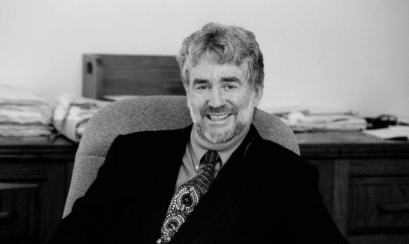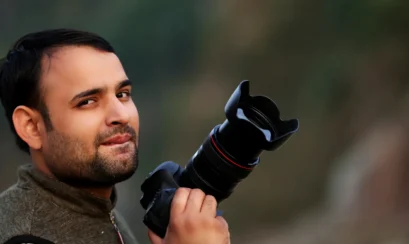The commercial use of facial recognition technology has caused concern among privacy advocates.
What is facial recognition technology?
Facial recognition technology breaks down the face into micro measurements, such as the distance between the eyes, the nose to the upper lip, lower lip to point of jaw, ears to eyes and so on – measurements creating a digital “faceprint” which is unique to every individual.
Once these metric measurements have been taken and recorded, a camera linked to the technology can search a crowd and pick out that face from hundreds of others.
It is very useful for police and security authorities. It is used in new passports. Access security scans could use it like a fingerprint or eye scan.
Concerns about privacy, safety and inappropriate use of faceprints
Some private companies have stored facial data from police “wanted” posters, online news sources and the publicly available social media posts of unsuspecting people, with a view to selling this data.
One US company, Clearview AI, claimed it had amassed more than ten billion facial images. Not bad, when the world population is just 7.9 billion.
Individuals who could be endangered by this include children, those escaping domestic violence and victims of crime.
Users of the technology can upload a photo of a person’s face and find other photos of that person collected from the internet and stored on a database compiled by the tool. That can show where the photos were taken and identify the person.
With public access to this technology via a commercial outlet, you could secretly take a picture of a person in the street or on the beach, upload it to the company’s database and discover their name and private details.
Australian Privacy Commissioner finding on Clearview AI
A commercial company that takes people’s personal data without permission from the internet and links it through such facial recognition technology for profit is in breach of privacy under Australian law.
Australian Privacy Commissioner Angelene Falk investigated and found Clearview had breached the Australian Privacy Act 1988 by collecting sensitive and personal information by unfair means and without consent.
The Commissioner ordered Clearview to stop collecting facial images and biometric templates from individuals in Australia, and to destroy all existing images and templates collected in Australia.
Clearview said it had only limited trials with Australian police and was considering a legal appeal.
The federal government has proposed amendments to privacy legislation, including a binding online privacy code for social media and larger fines for breaches of privacy.
Global concerns about facial recognition
Commercial use of facial recognition technology is being challenged around the world.
In 2021 Facebook shut down its face recognition system and deleted faceprints of more than one billion people after protests about privacy and misuse. (Please see An Update On Our Use of Face Recognition, Facebook, 2 November 2021.)
European regulators have taken steps to limit police scanning faces in public places after false identifications and Clearview has been barred from operating in several countries. (Please see Facial recognition: Italian SA fines Clearview AI € 20 million, bans use of biometric data and monitoring of Italian data subjects, Italian data protection authority, 9 March 2022.)
Identification of spies and the deceased in war
It has also been reported that the technology can be a weapon of war. After the Russian invasion of Ukraine in February 2022, Reuters reported in March that Clearview was being used by Ukrainian officials to identify dead Russian soldiers in order to tell their families in Russia what had happened to their loved one.
It is also being used by the Ukrainians to identify Russian spies in their ranks. (Please see Ukraine has started using Clearview AI’s facial recognition during war, Reuters, 15 March 2022.)
For more information please see the articles below.















